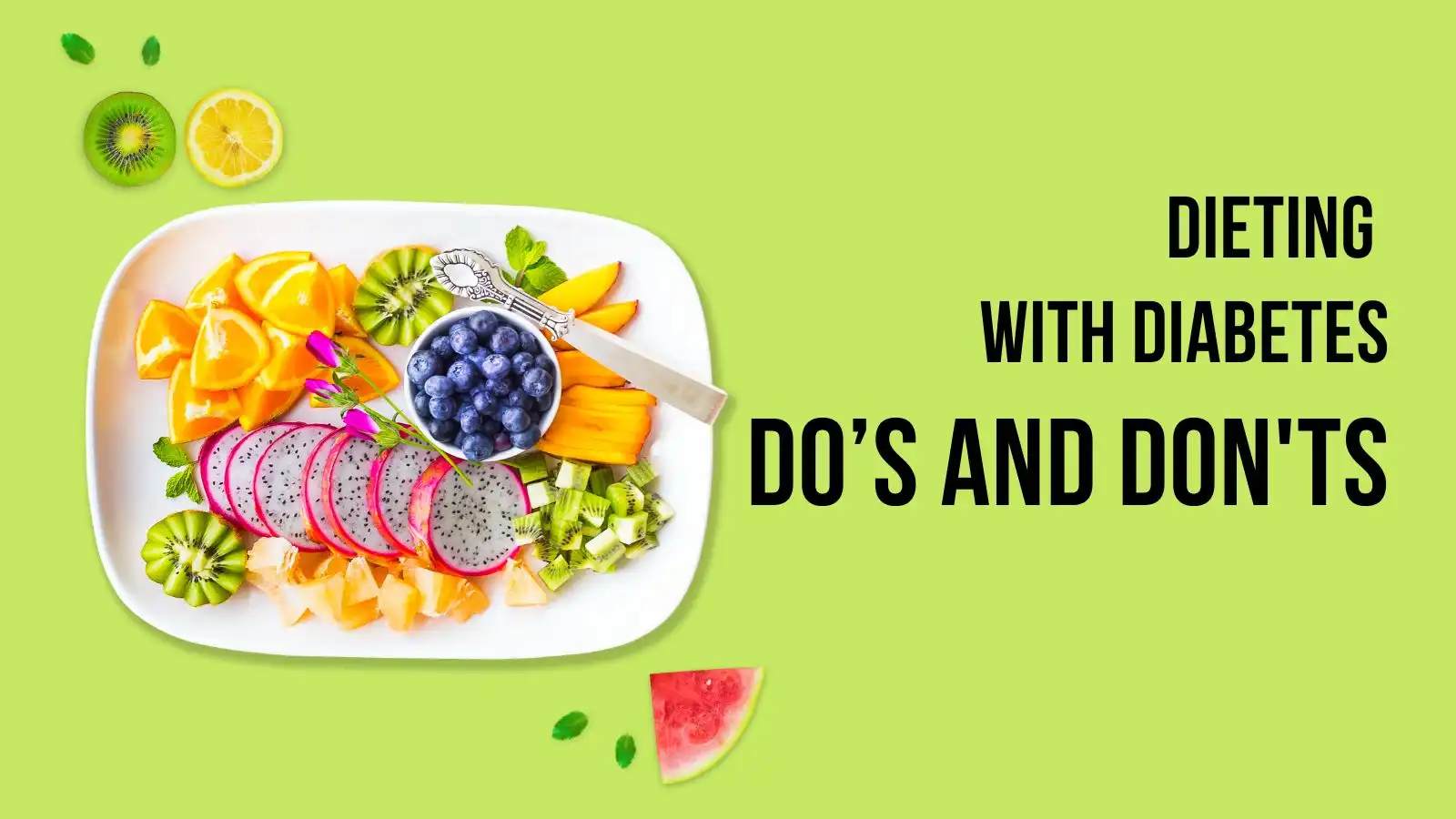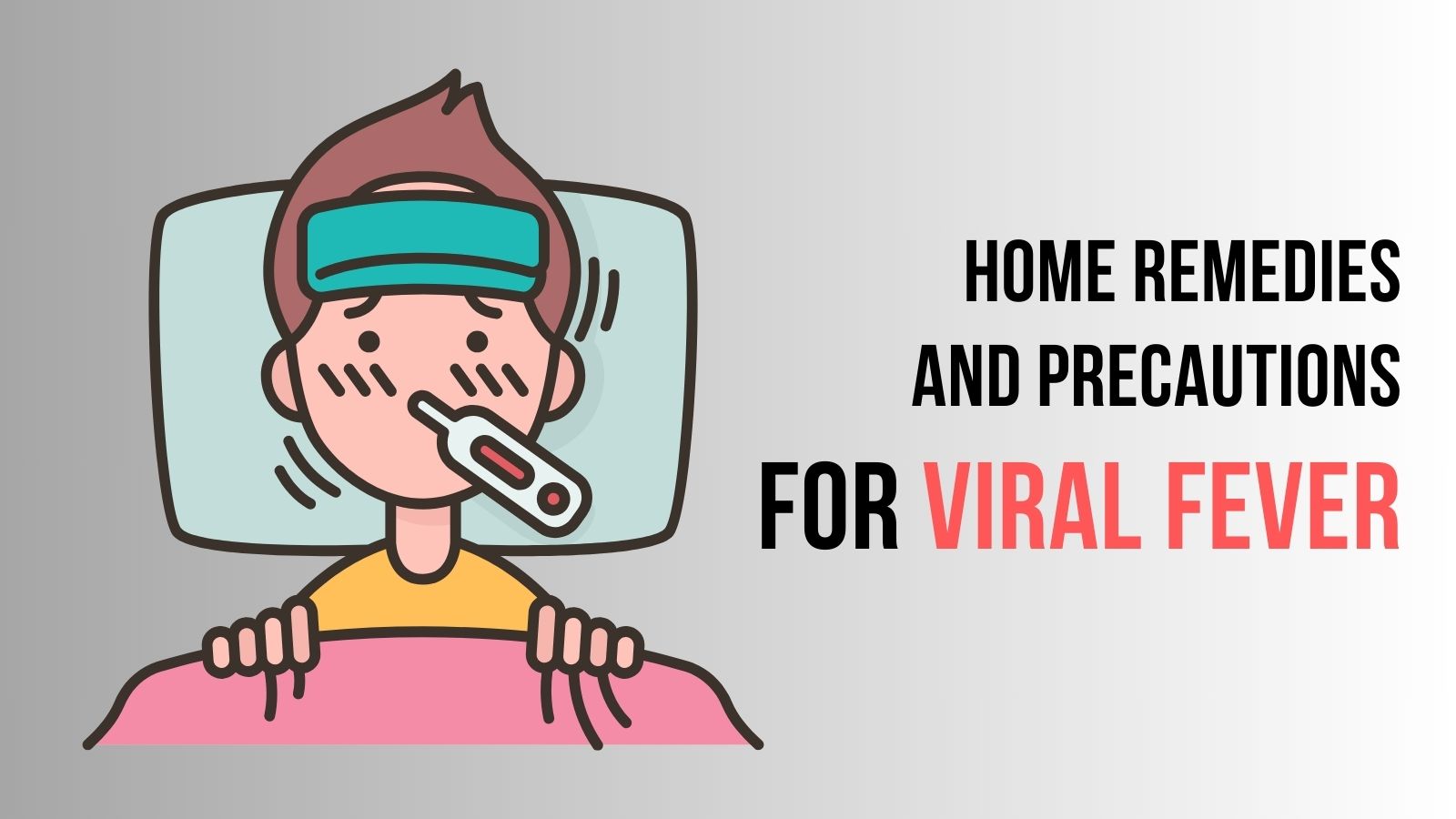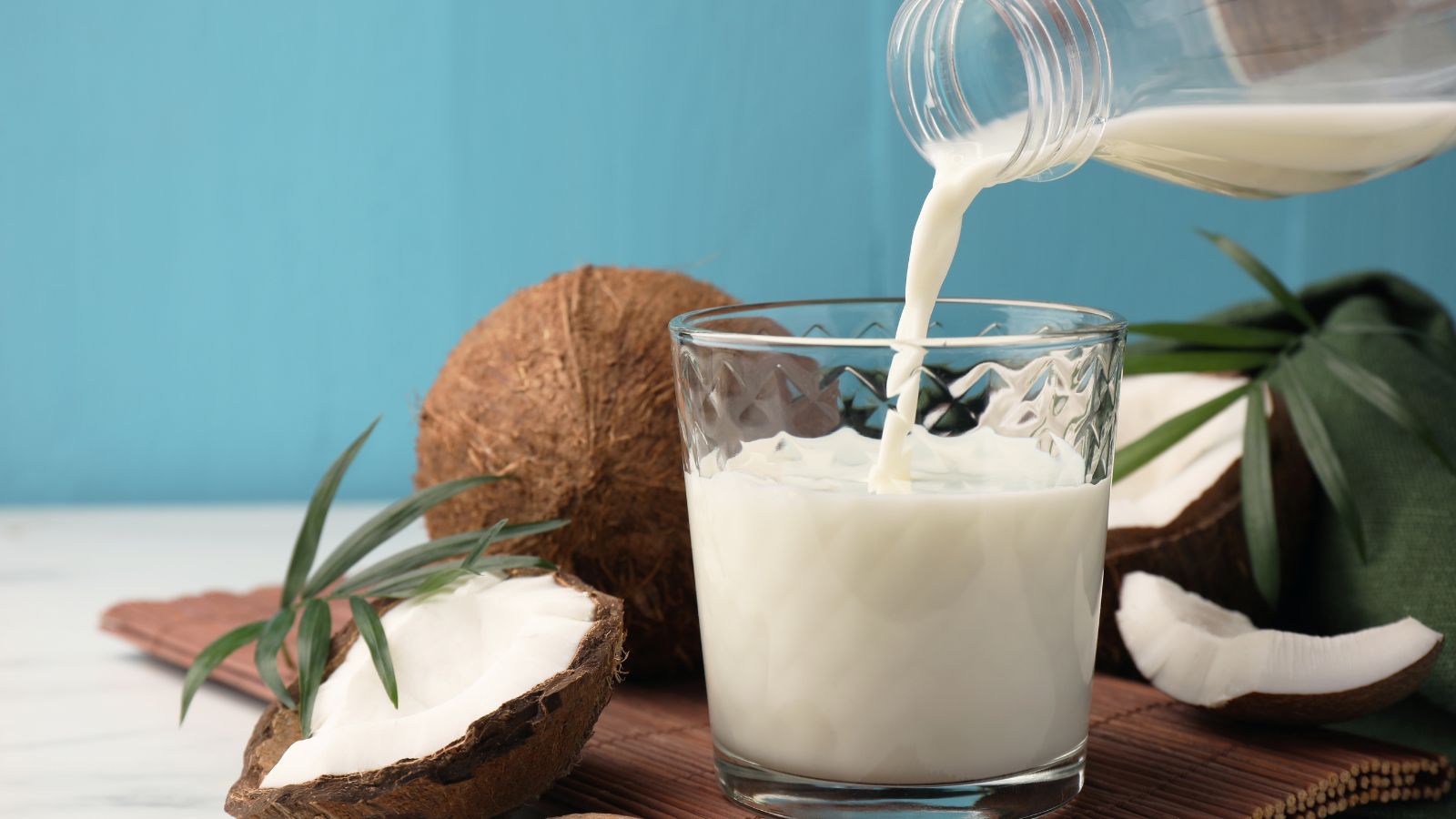Dieting with diabetes is one of the essential steps to manage the condition. Eating a healthy diet, including plenty of vegetables and fruits, lean proteins, and whole grains, is necessary for checking blood sugar levels. Additionally, it is essential for people with diabetes to monitor their carbohydrate intake and ensure that their meals are balanced to maintain a healthy weight. Dieting with diabetes can be challenging, but with careful planning and attention to detail, it is possible to develop a diet plan that helps to keep the condition in check.
The Do’s
1. Begin exercise gradually
Diabetes has been shown to have an impact on one’s heart health and overall health. It is best to incorporate exercise gradually. Exercise should go without saying. To lose weight, you must exercise 5 times per week. Extra belly fat impairs insulin’s effect on our blood sugar levels.
2. Be mindful of how your mental health
Putting forth the effort to reduce your body fat requires mental and physical toughness. It is highly recommended that people with diabetes who also struggle with obesity seek out professional assistance when planning a weight loss journey.
3. Be mindful of diet.
Our eating habits are just as important as how we work out. If you have diabetes and want to lose weight, you must pay attention to what you eat.
4. Approach DASH dietary plan
Dietary Approaches to Stop Hypertension is a well-known diet plan, better known by its acronym DASH. These foods have helped to help manage diabetes, even though the DASH’s primary focus is lowering blood pressure.
5. The Mediterranean Diet
Similar to the DASH diet, the Mediterranean has been shown to benefit diabetes patients. This diet comprises whole grains, fruits, vegetables, legumes, and other plant-based protein sources.
The Don’ts
1. Avoid going overboard
As mentioned earlier, maintaining a consistent routine while gradually picking up the intensity of one’s workouts is essential for successful weight loss. Going too far could be harmful to your health rather than helpful.
2. Avoid skipping meals
People frequently skip meals to reduce their calorie intake, which is highly unhealthy. It is essential for people who have diabetes to consume all three meals at the appropriate times, and this should be followed even when trying to lose weight.
3. Avoid skipping carbs.
Many people need to eat more carbohydrates. The concept that fibre is less significant is false. People with diabetes are advised to consume whole grains and other foods high in soluble fibre.
4. Avoid intermittent fasting
Intermittent fasting might not be appropriate for diabetes patients trying to lose weight, unlike the Mediterranean and DASH diets. Prolonged fasting and skipping meals can impact blood sugar and insulin levels.
5. Avoid using diet pills
Everyone should avoid taking diet pills that the FSSAI or other government agencies have not authorised. Dietary supplements, in general, may interfere with the effectiveness of diabetes medications and should not be taken unless prescribed by a physician.
6. Avoid processed food
Ready-made foods such as junk, ultra-processed, canned, and other foods are high in saturated fats, trans fats, and other constituents that can worsen diabetes.
Food groups for people with diabetes
According to American Diabetes Association, there’s a diabetic-friendly diet rich in fibre, vitamins, minerals and antioxidants that is good for diabetic patients and their overall health.
According to the National Institute of Diabetes and Kidney disease consuming a wide variety of nutritious foods from each of the five major food groups (Vegetables, Fruits, Whole grains, Dairy, Proteins) in the amounts specified by your meal plan is the best way to manage diabetes through diet.
1. Vegetables
Vegetables are an essential part of a healthy diet, especially for individuals with diabetes. They are low in calories, high in fiber, and packed with essential vitamins and minerals. Consuming a variety of vegetables can help manage blood sugar levels, improve insulin sensitivity, and reduce the risk of diabetes-related complications. Some excellent vegetable options for individuals with diabetes included in this chart.
2. Fruits
Fruits are a vital component of a well-balanced diet and can be included in a diabetes-friendly eating plan. While fruits contain natural sugars, they also provide essential nutrients such as fiber, vitamins, and minerals. A balanced diet with a variety of fruits can help people with diabetes manage their blood sugar levels and improve overall health. Some of the vital fruits are included in this chart.
3. Whole grains
Whole grains are an important part of a healthy diet for individuals with diabetes. They are packed with essential nutrients, including fiber, vitamins, and minerals, and have a lower glycemic index compared to refined grains. It is important to choose whole grains over refined grains, as they provide more nutritional benefits and have a slower impact on blood sugar. The Whole grain options which are helpful for diabetic patiets are included in this chart.
4. Dairy
Dairy products can be a healthy part of a diabetes-friendly diet as they are a good source of protein, calcium, and vitamin D. However, it is essential to choose low-fat or non-fat dairy products, as full-fat dairy can be high in saturated fats and increase the risk of heart disease. The excellent dairy options for individuals with diabetes is included in this chart.
5. Proteins
Protein is a crucial nutrient for individuals with diabetes as it can help regulate blood sugar levels, promote satiety, and build and repair muscles. It is important to consume protein in moderation and to avoid high-fat protein sources, which can increase the risk of heart disease. A balanced protein foods are included in this chart.
Foods and drinks to limit
- Oily and other foods high in trans and saturated fat.
- Foods with high salt or sodium content.
- Baked goods, sweets, candy and ice cream.
- Energy drinks, juice, soda, and beverages with added sugar.
Conclusion
You must balance what you consume and drink with exercise and diabetes medications, if you take any, to control your blood glucose. You must maintain your blood glucose level within the range your medical team advises by paying attention to what you choose to snack on, how much you eat, and when you eat.
Disclaimer: This information shouldn’t be used to diagnose or treat a medical condition or be used in a medical emergency. You must consult a qualified medical professional to diagnose and treat all conditions.



